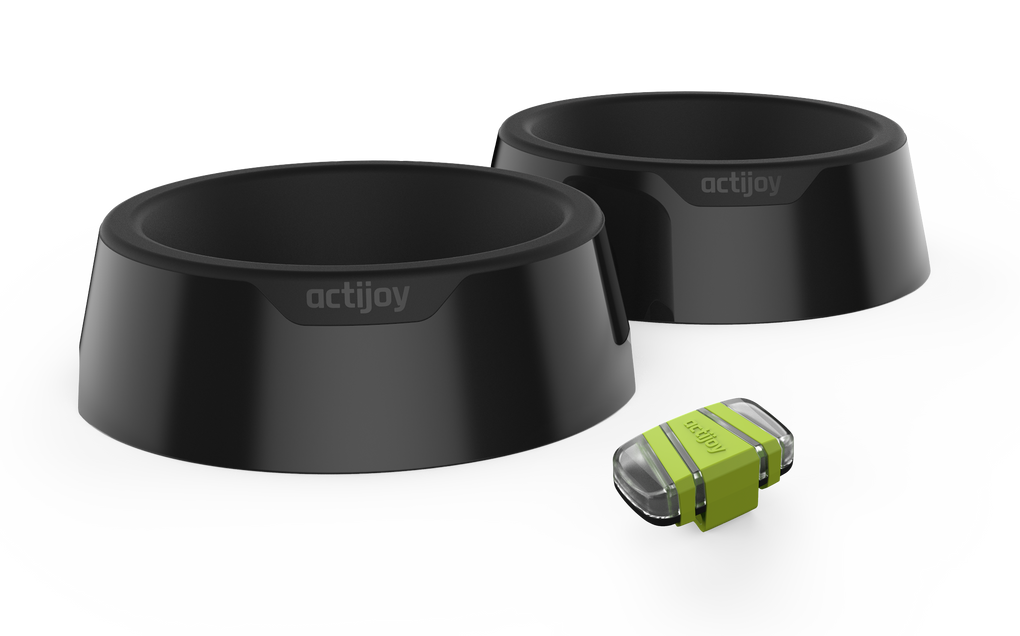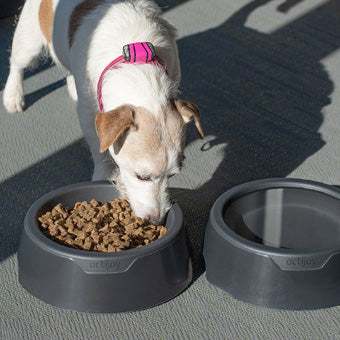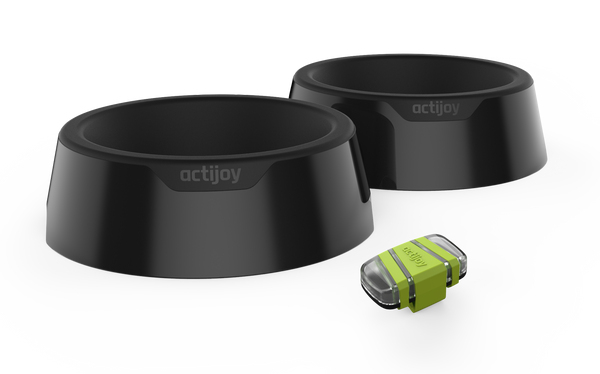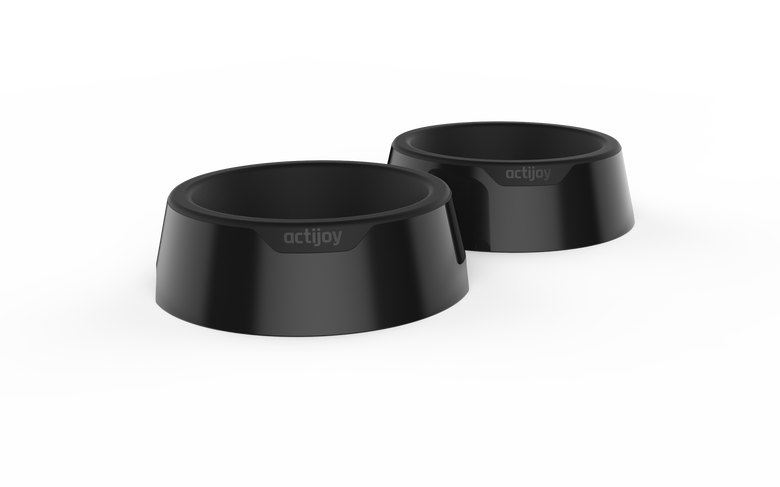How Does Life Change for a Dog with Epilepsy?
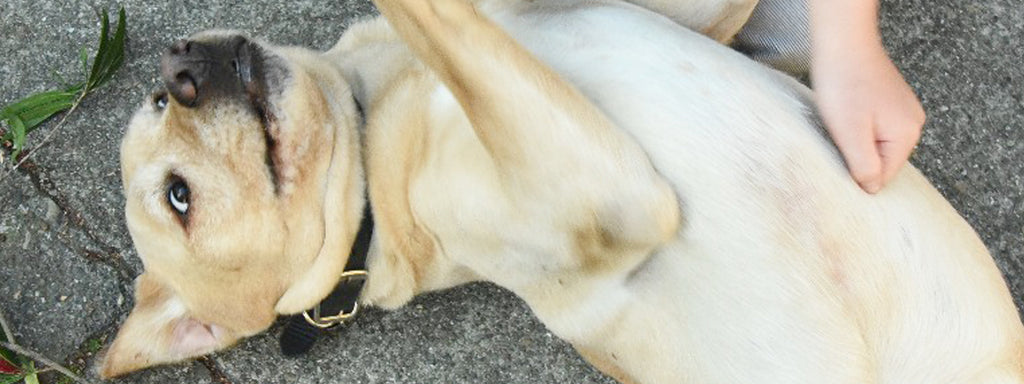
Dog epilepsy is a fairly common seizure disorder. It is widely believed to be genetic, affecting up to 5.7% of the canine population. Epilepsy is a neurological disease that cannot be cured; however, affected dogs can still lead a good life with the right treatment.
Certain dog breeds are more prone to epilepsy than others, with Belgian Shepherds, Beagles, Labrador Retrievers, Golden Retrievers, Keeshonds, and Vizslas the most susceptible.
Medications
Canine epilepsy is most commonly managed with medications such as Phenobarbital, Imepitoin, and other anti-seizure pills. One of the most common side effects of medication – particularly Phenobarbital – is weight gain. Dogs are notoriously stubborn about taking medications, and this daily routine can be stressful for both dog and owner. A useful guide on how to get a dog to swallow a pill can be found here. A pet with epilepsy must take medications at the same time each day, so maintaining a set routine is a necessity. For some pets, seizure medication can stop a seizure the moment it occurs. These dogs must have access to their medications at all times.
Daily Activity
A dog's daily life might change after the diagnosis of epilepsy.
There are three types of epilepsy:
- Reactive
- Secondary
- Primary
If a dog has reactive epilepsy, seizure episodes occur in response to an external stimulus, such as low blood sugar. For these pets, seizure triggers must be managed. The key is prevention by ensuring proper nutrition on a routine schedule and balanced activity. A great option is to download a dog care app to track your pet's records easily. Thanks to the free Actijoy Healthbook app, you can easily share all the records with your vet through the URL link. The dog activity tracker Actijoy and smart WiFi bowls can be added to the app to provide complex data on dogs' activity, nutrition, and changes in their behavior in one step.
The most common seizure triggers in dogs:
- Stress
- Loud noises, fireworks, storms
- Toxins
- Vaccination
A seizure diary can be a great source in identifying the seizure triggers for your dog. You should log every seizure, duration, time of the day, and behavior before and after a seizure. The latest RVC study on potential seizure prediction in dogs with epilepsy revealed that "nearly two-thirds of owners reported pre-seizure changes in their dog (65%), most commonly stating clinginess, excessive energy, and unsettled sleep".
A dog's home environment must be seizure-proofed when the owner is not home to monitor the dog's health. Epileptic dogs should be kept in a kennel or clutter-free room to keep the pet from injuring itself during a seizure. Additionally, epileptic dogs should be separated from their canine siblings, as dogs might instinctually attack the dog during a seizure. Epileptic dogs that frequently swim should be fitted for a life vest, as a seizure while swimming can result in drowning. Lastly, a medical epilepsy tag to alert others about their condition should be attached to the collar.
During and After Seizures
For the pet owner, seizures are terrifying to witness, especially if this condition is new. However, for your pet, they will become a way of life. After a particularly scary seizure, you might be surprised that some dogs are back to their normal-self within only a few hours. However, it is essential to mention that dogs can be temporarily blind or sensitive to light and noise immediately following an episode. Keep this aspect in mind by dimming lights or turning down the television.
What to Do If Your Dog Has a Seizure:
- Check the space around to make sure there is nothing that might injure your pup during the seizure.
- Reduce sensory stimulation - dim the lights, close the curtains, turn off the TV, etc.
- Reassure your dog you are there, speak softly, however, try not to touch your dog during the seizure.
- Also, avoid touching your dog's mouths as the jaws are in tension, and your dog might bite you unintentionally.
- Measure the seizure duration.
- The most important task when your dog has a fit is to STAY CALM!
- If the seizure is longer than 5 minutes, or if it is repeated seizure, call your veterinarian.
Ultimately, epileptic dogs can live high-quality lives with proper management and care.
If you are interested in learning more about canine diseases and their impact on the lives of dogs, subscribe to our newsletter.


